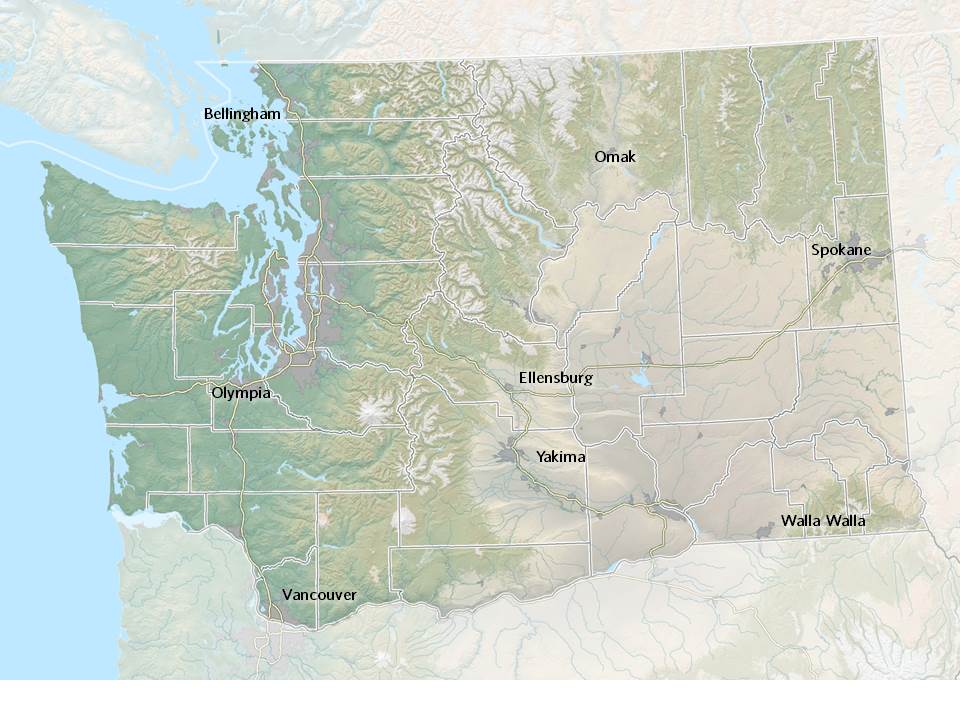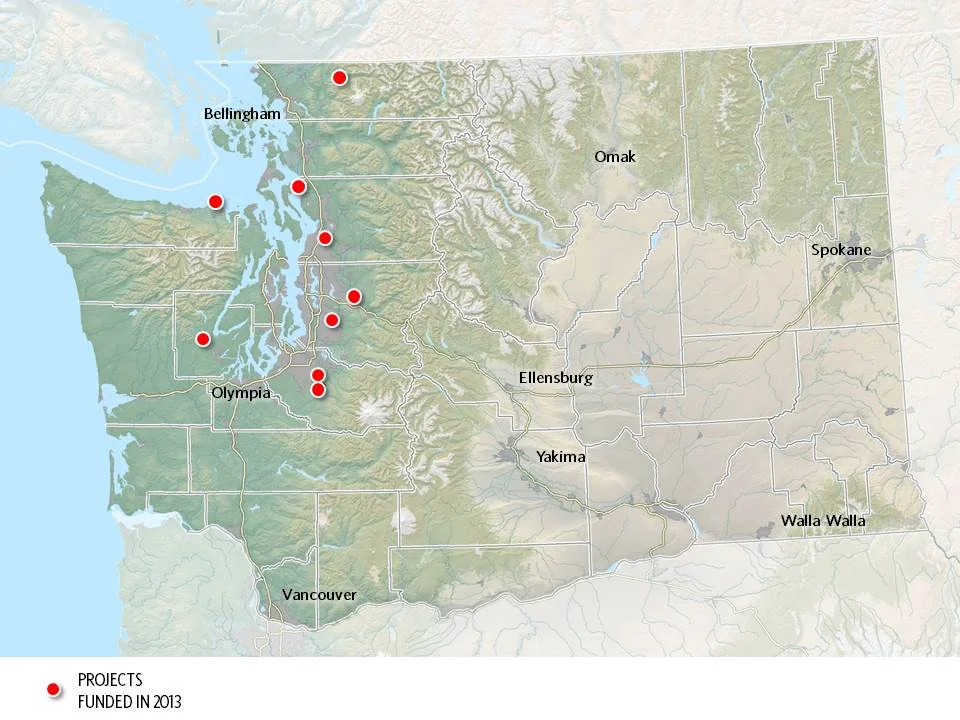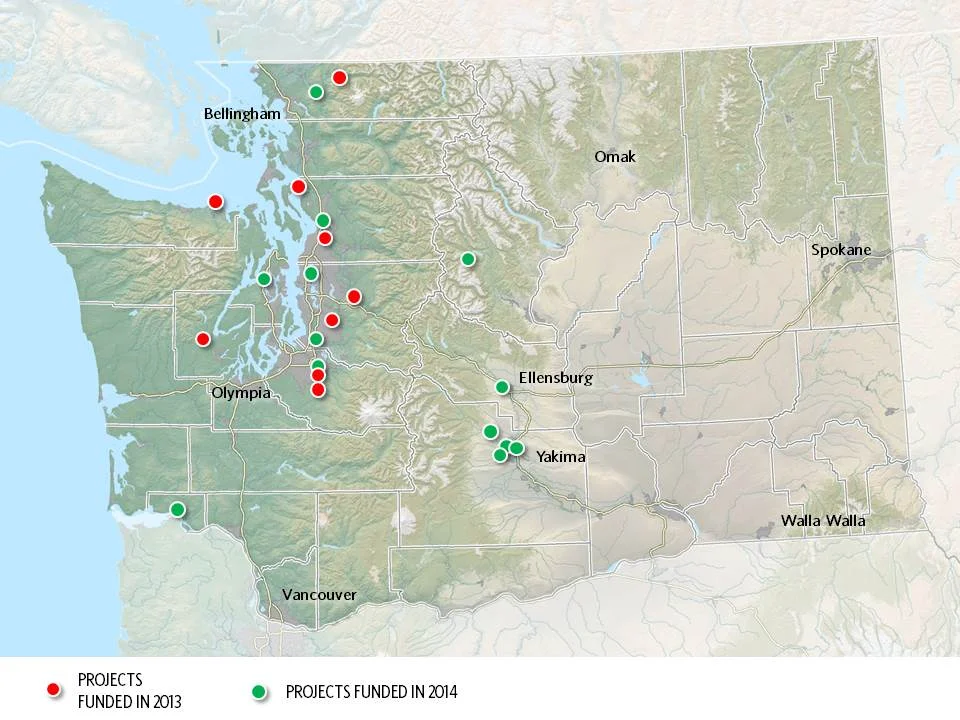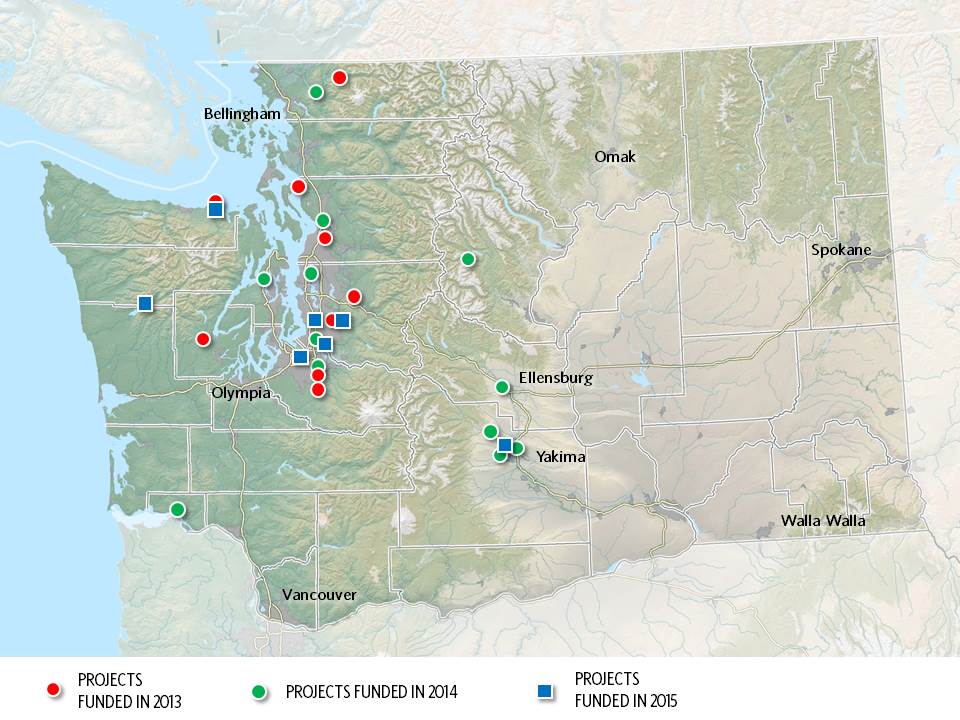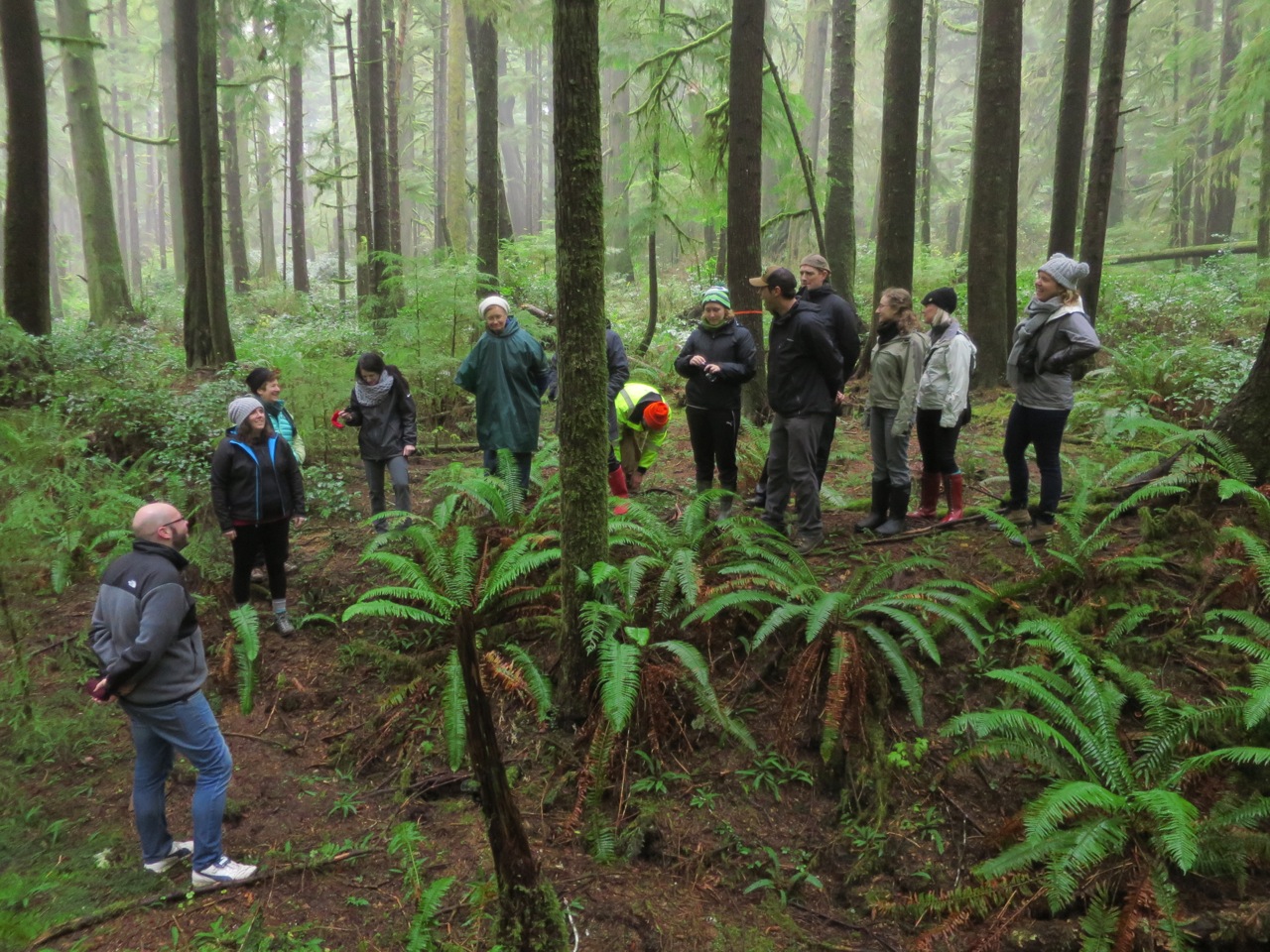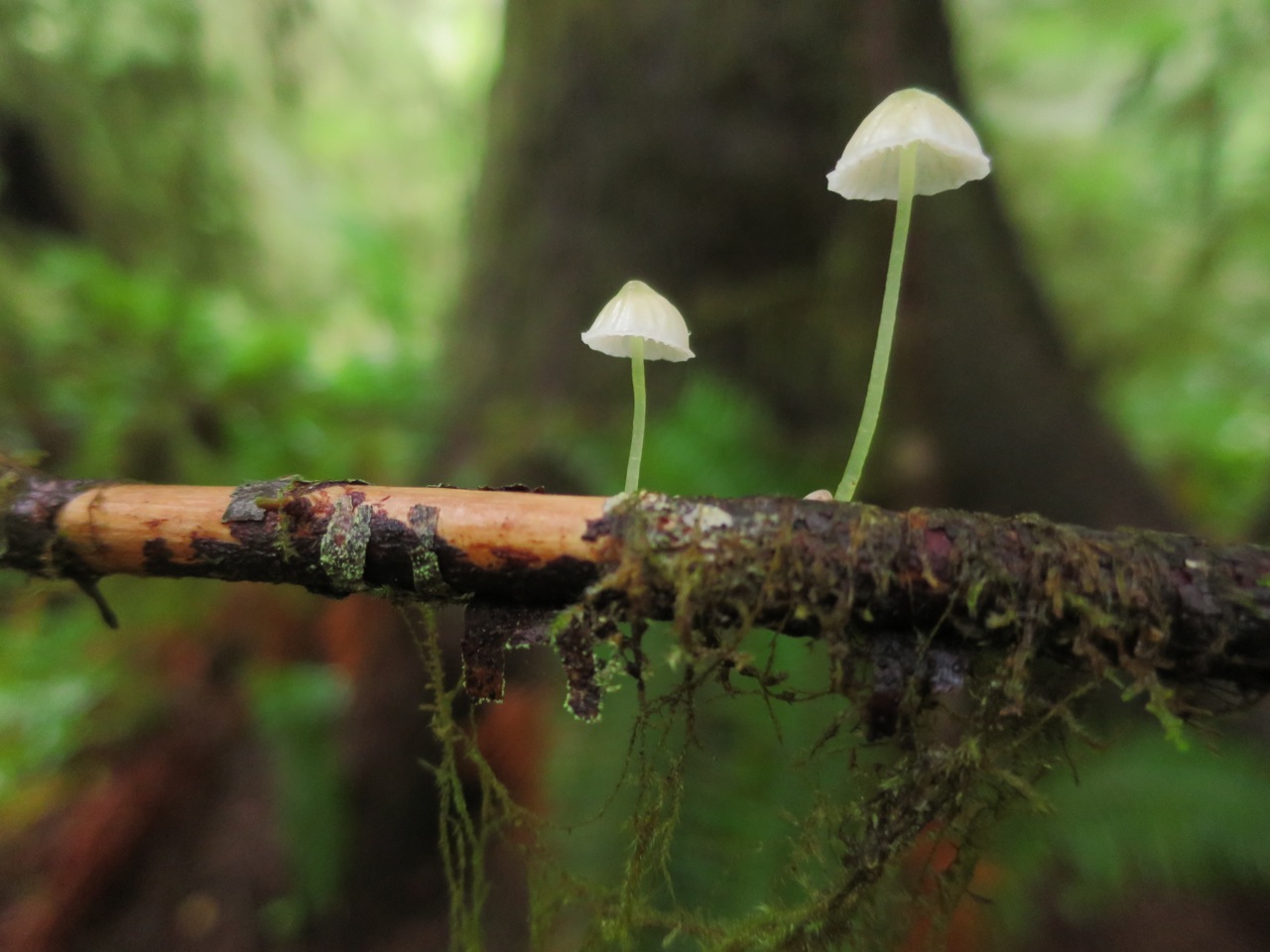Learn more about how partners from various backgrounds came together to work toward a common goal of making natural resource management and recreation less challenging.
What the big federal infrastructure package means for Washington
Reconnecting the Taneum with LWCF
What do Multiple Benefits Look Like in a Watershed?
Two-Minute Takeaway: What is a Watershed?
Local Scientists Work on Water Supplies Around the World
A River Revolution: From 0 to 56 in four years
Written by Bob Carey, Strategic Partnerships Director
Maps by Erica Simek-Sloniker, Visual Communications
Floodplains by Design, a public-private partnership aimed at revolutionizing river management across Washington, came together in 2012 with the goal of making our communities safer and rivers healthier. It started as a concept: get the leaders of programs and interest groups that influence coastal and riverine floodplains out of their silos, have them work together to figure out how to manage these landscape in a collaborative, integrated fashion, and we’ll collectively do a better job of delivering society’s goals of reduced flooding, stronger salmon runs, clean water, economic development and a high quality of life.
Floodplain managers of various sorts – county flood managers, tribal fisheries biologists, agricultural drainage districts, conservationists, etc. – embraced the concept, having seen the folly of trying to “control rivers” and the inefficiency of trying to manage only one cog in a complex social and environmental landscape. In 4 short years the concept has evolved into a broad partnership – a “movement” in the words of one local partner. The “movement” has benefitted from strong support from the state legislature which has given $80M to the Washington Department of Ecology for the new state Floodplains by Design grant program.
Erica Simek Sloniker, Cartographer and Visual Communications specialist for The Nature Conservancy, has produced a map series that documents the evolution from concept to movement. The initial 9 Floodplains by Design demonstration projects were funded by the state legislature in 2013. 2014 brought 13 more and 2015 another 7. Earlier this year, the Department of Ecology received 56 proposals for the next round of funding – an indication of the strong interest in joining this river revolution.
For more information visit www.floodplainsbydesign.org .
A Quick Peek at Ellsworth Creek
Written by Jeff Compton, Conservancy staffer and sometime tree hugger
It’s been more than a decade since I first stepped foot in The Nature Conservancy’s Ellsworth Creek Preserve. That first visit was an introduction to an ambitious new project full of promise, challenge and uncertainty. We were talking about owning an entire coastal watershed, not just to protect it, but to use it as a laboratory for forest restoration – a place where we could collaborate on long-term trials that we hoped would deliver far-reaching benefits for nature and people.
But what really captivated many of us then were the serene patches of forest that were home to the few true giants that remained. In select spots above or beside the creek we met massive, ancient Western red cedar and Sitka spruce. We were dwarfed by those awe-inspiring trees, the mightiest of which were older than the Magna Carta.
Over the years I had the privilege of visiting this preserve many times, and always thrilled to spend a few peaceful moments in the tranquil forest with those enduring titans.
After a several year absence, I recently headed to southwest Washington with a group of colleagues and stepped once again into the Ellsworth Creek watershed. I am thrilled to report that the preserve is still there. The restoration work continues. The vision and optimism about our future forests is alive. And those giants still stand – old-growth trees that now feel like old friends.
The Conservancy’s efforts at Ellsworth Creek are about the future and the big picture. But the place offers something personal for me today. I sometimes feel overwhelmed, even intimidated, by the pace of change in my life, my city, my world. I take great comfort in knowing that some things – and some places – remain steadily, beautifully the same.











